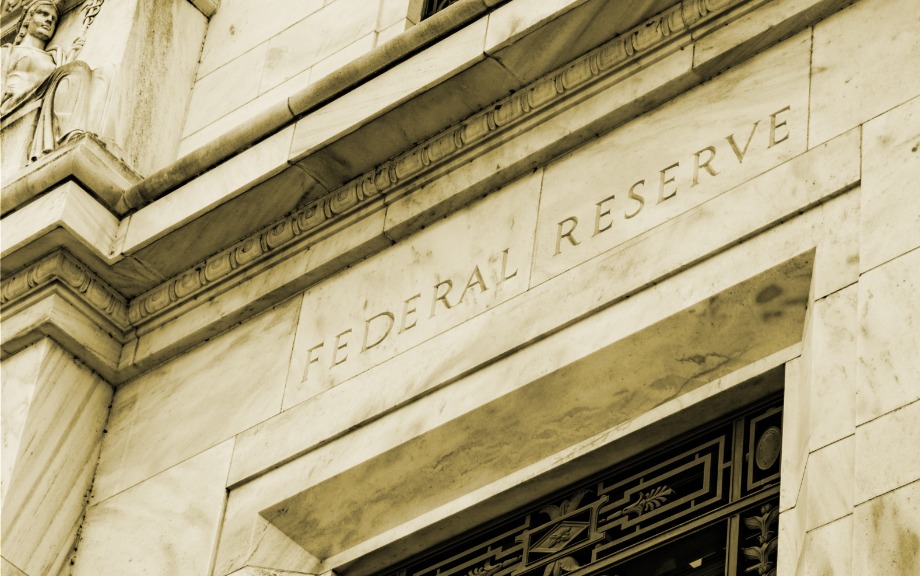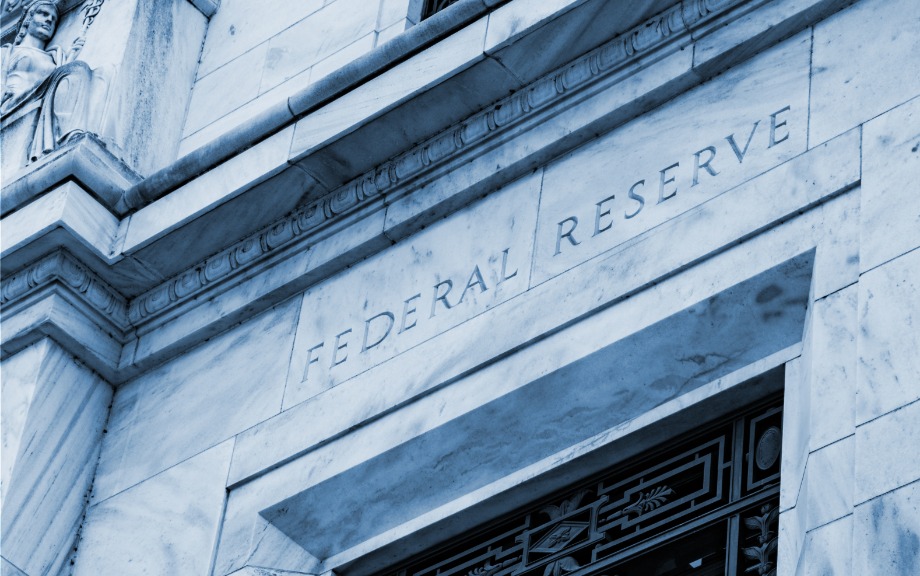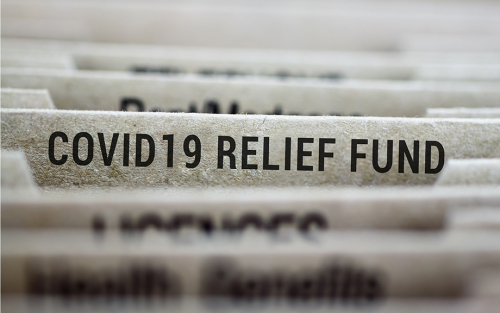How the Fed’s Overnight Reverse Repo Facility Works

Daily take-up at the overnight reverse repo (ON RRP) facility increased from less than $1 billion in early March 2021 to just under $2 trillion on December 31, 2021. In the second post in this series, we take a closer look at this important tool in the Federal Reserve’s monetary policy implementation framework and discuss the factors behind the recent increase in volume.
How the Federal Reserve’s Monetary Policy Implementation Framework Has Evolved

In a series of four posts, we review key elements of the Federal Reserve’s monetary policy implementation framework. The framework has changed markedly in the last two decades. Prior to the global financial crisis, the Fed used a system of scarce reserves and fine-tuned the supply of reserves to maintain rate control. However, since then, the Fed has operated in a floor system, where active management of the supply of reserves no longer plays a role in rate control, but rather the Fed’s administered rates influence the federal funds rate. In this first post, we discuss the salient features of the implementation framework in a stylized way.
Intraday Timing of General Collateral Repo Markets

Kevin Clark, Adam Copeland, R. Jay Kahn, Antoine Martin, Mark Paddrik, and Benjamin Taylor Market participants have often noted that general collateral (GC) repo trades happen very early in the morning, with most activity being completed soon after markets open at 7 a.m. Data on intraday repo volumes timing are not publicly available however, obscuring […]
Central Banks and Digital Currencies

Recent developments in payments technology raise important questions about the role of central banks either in providing a digital currency themselves or in supporting the development of digital currencies by private actors, as some authors of this post have discussed in a recent IMF blog post. In this post, we consider two ways a central bank could choose to become involved with digital currencies and discuss some implications of these potential choices.
Hey, Economist! What’s the Case for Central Bank Digital Currencies?

Since the launch of Bitcoin and other first-generation cryptocurrencies, there has been extensive experimentation in the digital currency space. So far, however, digital currencies have yet to gain much ground as a means of payment. Is there a vacuum in the landscape of digital money and payments that central banks are naturally positioned to fill? In this post, Michael Lee and Antoine Martin, economists in the New York Fed’s Money and Payment Studies function, answer some questions regarding the concept of central bank digital currencies (CBDCs).
The Official Sector’s Response to the Coronavirus Pandemic and Moral Hazard

Any time the Federal Reserve or the official sector more broadly provides support to the economy during a crisis, the intervention raises concerns related to moral hazard. Moral hazard can occur when market participants do not bear the negative consequences of the risks they take. This lack of consequences can encourage even greater risks, due to the expectation of future government help. In this post, we consider the potential for moral hazard stemming from the Fed’s response to the coronavirus pandemic and explain why moral hazard concerns were likely more severe in 2008.
Market Failures and Official Sector Interventions

In the United States and other free market economies, the official sector typically has minimal involvement in market activities absent a clear rationale to justify intervention, such as a market failure. In this post, we consider arguments for official sector intervention, focusing on the market failure arising from externalities related to business closures. These externalities are likely to be particularly high for closures arising from pandemic-related economic disruptions. We discuss how the official sector, including institutions such as Congress and the Treasury, can increase social welfare by acting to minimize the fixed costs of business start-up and failure, including the costs associated with unemployment, beyond the level set by private markets alone.
Expanding the Toolkit: Facilities Established to Respond to the COVID‑19 Pandemic

Anna Kovner and Antoine Martin argue that the “credit” and lending facilities established by the Fed in response to the COVID-19 pandemic, while unprecedented, are a natural extension of the central bank’s existing toolkit.
Explaining the Puzzling Behavior of Short‑Term Money Market Rates
Since 2008, the Federal Reserve has dramatically increased the supply of bank reserves, effectively adopting a floor system for monetary policy implementation. Since then, the behavior of short-term money market rates has been at times puzzling. In particular, short-term rates have been surprisingly firm in recent months, despite the large increase in reserves by the Fed as a part of its response to the coronavirus pandemic. In this post, we provide evidence that both the supply of reserves and the supply of short-term Treasury securities are important factors for explaining short-term rates.











 RSS Feed
RSS Feed Follow Liberty Street Economics
Follow Liberty Street Economics